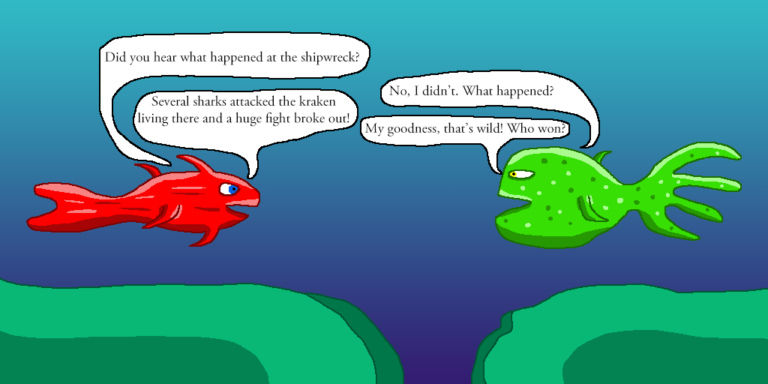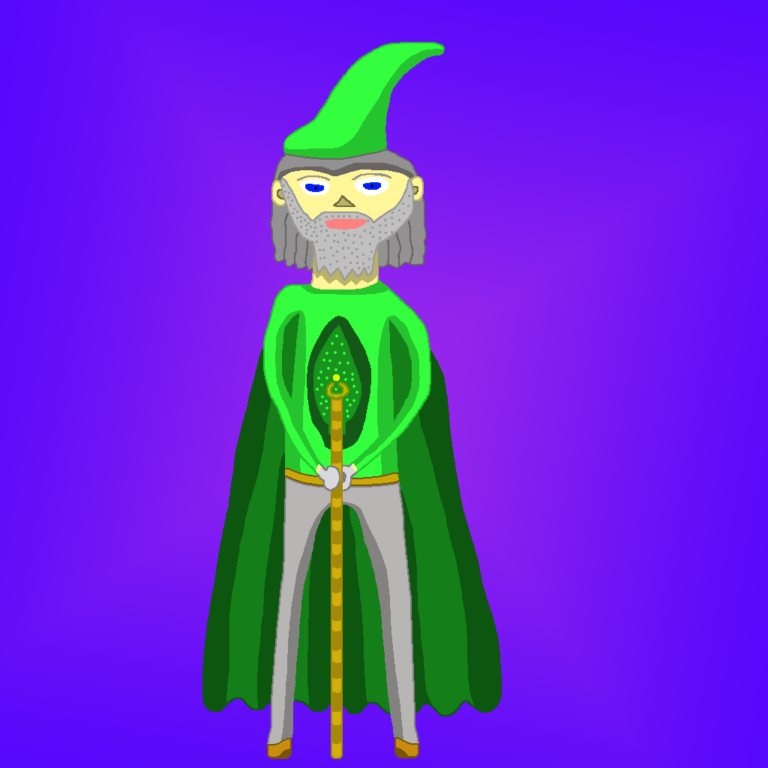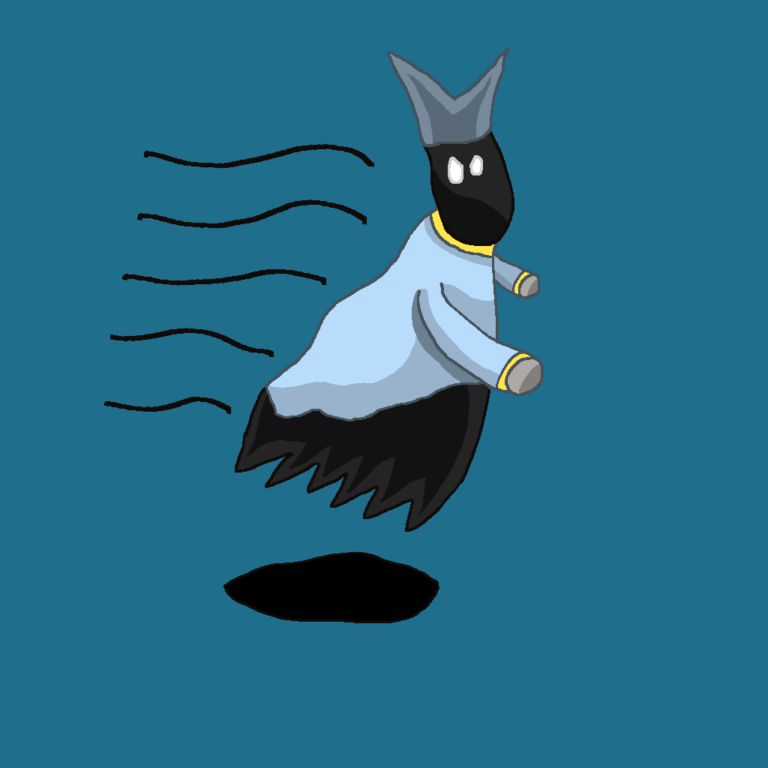Join US
Do you want to build the fantasy world you’ve always dreamed of?
Subscribe to receive notifications when a new post is out and for our monthly newsletter!
You can always unsubscribe anytime.


A story isn’t all about action or adventure. Dialogue plays a prominent role as well. Characters interact with each other in a number of ways, all of which help them learn things that they previously didn’t know. Thus, writing dialogue that conveys their emotions and thoughts in an interesting way is essential to creating a great story.
There is an art to writing dialogue and the more you practice, the easier it will be. There is no set rule on when you can actually start doing so. Some authors like to write the gist of a conversation in either a brainstorming or outlining phase whereas others prefer to wait until they start writing the novel. Find something that works best for you.
In regard to writing dialogue, one major rule of thumb is to keep it flowing naturally. You want it to feel like it’s simply 2 or more people talking about something. Conversations that feel forced or shoehorned into the story can hamper it, so avoid doing that at all costs.
Next up, it’s imperative that you present it in an interesting way. Dialogue isn’t simply just about words being spoken. People do things while they’re talking like riding a horse or chopping up food. Incorporating actions with dialogue can turn an otherwise ordinary discussion into a riveting one.
Lastly, characters, much like real people, are complex. They have their own feelings and thoughts which are usually manifested in their tone or how they do things at a particular moment in time. The same applies to dialogue. Capturing emotion through dialogue can make characters feel real and make it easy for your readers to form a connection with them.
It’s already the twenty-fifth article in our series about writing a fantasy book, which is hard to believe! If you wind up enjoying this one and are interested in our many others, please go to our blog page where you can find them.
The number one rule of writing dialogue is to do it in a way that feels organic, both to the characters speaking and the audience. No matter what the topic is, it shouldn’t feel out of place regardless of where in the novel it takes place in. And all dialogue must advance the story forward.
How do you go about it? Take a look at the characters in your story and think about how you’d like them to speak. Every character has a different educational level and the more educated they are, the more likely they’ll use a wider vocabulary, especially compared to those of lower levels. You want your readers to know who’s speaking once they’ve spent some time with them.
Not every character speaks in a proper style. Some use broken or slang words as opposed to others who speak properly and in complete sentences. As such, the dialogue you write in your book ought to accurately depict who’s speaking at that time.

Much like the real world, there is a natural ebb and flow in conversations. At certain points in a conversation, it’ll move faster due to excitement or anticipation of something whereas in other point, it’ll slow down as if petering out. When writing dialogue here, you want to capture the highs and the lows of the conversation and use the appropriate words to describe them.
The tone of dialogue must match the situation. In serene, relaxed moments characters are more carefree and easygoing. When it comes to tense moments like traveling on a boat during a thunderstorm or an argument between two characters, they speak with more urgency and are generally more short-tempered. The dialogue written here needs to reflect both their tone and mood in whatever situation they’re in.
Every word in a novel must be connected to the story and dialogue is no exception. When it comes to dialogue, it must move the plot forward, regardless if it’s only a few lines between two characters or one that spans multiple pages. When writing dialogue, always consider how it’ll impact the tale going forward and if you feel like a conversation is lacking in that department, either rework it to make it tie-in better or omit it.
While dialogue between characters are exciting in their own right, your readers will quickly get bored if that’s all they do. One surefire way to make them interesting is to add some action. Not only does an action add some flavor, it makes it easy for your audience to form a connection with your characters, since it’s something they can easily identify with.
In the real world, many conversations occur when people are doing something. The same applies to fantasy characters. A bonus is that they get to do things that don’t exist in reality like fighting a vicious dragon or a dark lord bent on world domination. This gives your audience a chance to live vicariously through them.

When incorporating an action in a conversation, much like the previous section, it needs to be natural. Sometimes people interrupt others when they’re in the middle of something or someone starts doing something while they’re talking with a friend. Have your dialogue reflect that by showing them pausing for a moment or a break in the conversation or something else. The goal here is to weave the action into the discussion and vice-versa.
A degree of strategy goes into putting actions and dialogue together. You can use actions to highlight the importance of what’s going on to the audience and put things that catch the attention of those closely following your story that very well could play an important role later on. Doing so is called foreshadowing and it’s a great narrative technique to use in novels.
One way writing dialogue is interesting is that you can use foreshadowing to great success here. You can sprinkle the seeds of something that will pay off later on, for good or ill. Perhaps someone is contemplating betraying your protagonist and the conversation between them will decide which way he goes. You can structure the dialogue in a way that could go either way and keen readers will sense something is amiss about said character and pay extra attention to what he does afterwards.
Each character in a story has his own personality, his own way of thinking. While the way he speaks is unique only to him, many times a character speaks is dictated by the mood he’s in at that particular moment in time. When writing dialogue, be sure to convey his state of mind in a way that doesn’t detract from what’s being said.
Show, don’t tell is a superb guiding principle to use here. For example, if a character is upset, don’t simply write he’s mad. To show what someone’s feeling through dialogue, use words that highlight his mood. For the example earlier in this paragraph, you could write something where a character named Henry says “How dare you accuse me of doing something like that?” The audience can easily tell what his frame of mind is by that sentence alone without adding anything else.

The tone is equally important in regard to writing dialogue. It helps make it clear to the audience what emotion is flowing through a character at a given moment in time. To use the example from the previous paragraph, you can write something such as “After everything I’ve done for you all these years, this is how you repay me? By accusing me of something I didn’t do?” Henry said, his voice broiling with fury. If the audience couldn’t figure out his mood by what he said, the added context at the end makes it clear. Use this whenever you feel like your readers might have a difficult time perceiving a character’s frame of mind when he says something.
Much like tone, physical movement also shows a character’s emotion. Things like someone rolling his fists into a ball or walking faster than usual clearly convey what he’s feeling. Incorporating physical movement into dialogue add a layer and make a conversation feel more authentic since it’s something we all do ourselves!
Conversations between people aren’t just one person speaking and then the other talks. People interrupt, pause, the discussion abruptly ends, or something else. They interrupt to ask a question or seek some clarity about something. Pauses are indicated by using words like er or huh which can give off the impression that the person speaking is uncertain about something. Thus, when writing dialogue, bringing things like the aforementioned ones help make conversations feel more real.
Dialogue is instrumental in shaping a great story. It helps characters learn more about each other and the world around them. At its core, it exists to advance the plot, whether by a small or gargantuan step. Always keep this in mind when writing dialogue.
Readers love it when conversations flow naturally and dislike it when they feel out of place or don’t make sense in the context of the story. Therefore, have your characters talk like they usually do unless they’re speaking differently for a plot-related reason. Give many of your conversations a natural beginning and ending and toss in some ebbs and flows to make them feel more authentic.
Dialogue doesn’t happen in a vacuum. People talk while doing actions like chopping food or playing an instrument. Weave actions into the discussion to make them more interesting for your readers. You can even put some things in there that will pay dividends down the road!
Many writers use emotion in dialogue to show readers what characters are feeling at a given moment in time. Other ways to show a character’s emotion is to use tone and physical movements. The two provide additional context and they help make a conversation far more interesting while moving the plot forward.
When it comes to writing dialogue, have a clear vision of what you want to happen and take your time in choosing the right words to convey it. Doing dialogue right can make your story one your readers come back to again and again!
Let me know what you think in the comments below. (Note: this is an account-exclusive feature).
If you don’t have one, you can register here. It only takes a few moments of your time!
Liked this article and want to subscribe? All you have to do is fill out the form below and that’s it!
Thanks for reading this and until the next time,
Sunfire
Subscribing means you receive:
You can always unsubscribe anytime.
Do you want to build the fantasy world you’ve always dreamed of?
Subscribe to receive notifications when a new post is out and for our monthly newsletter!
You can always unsubscribe anytime.